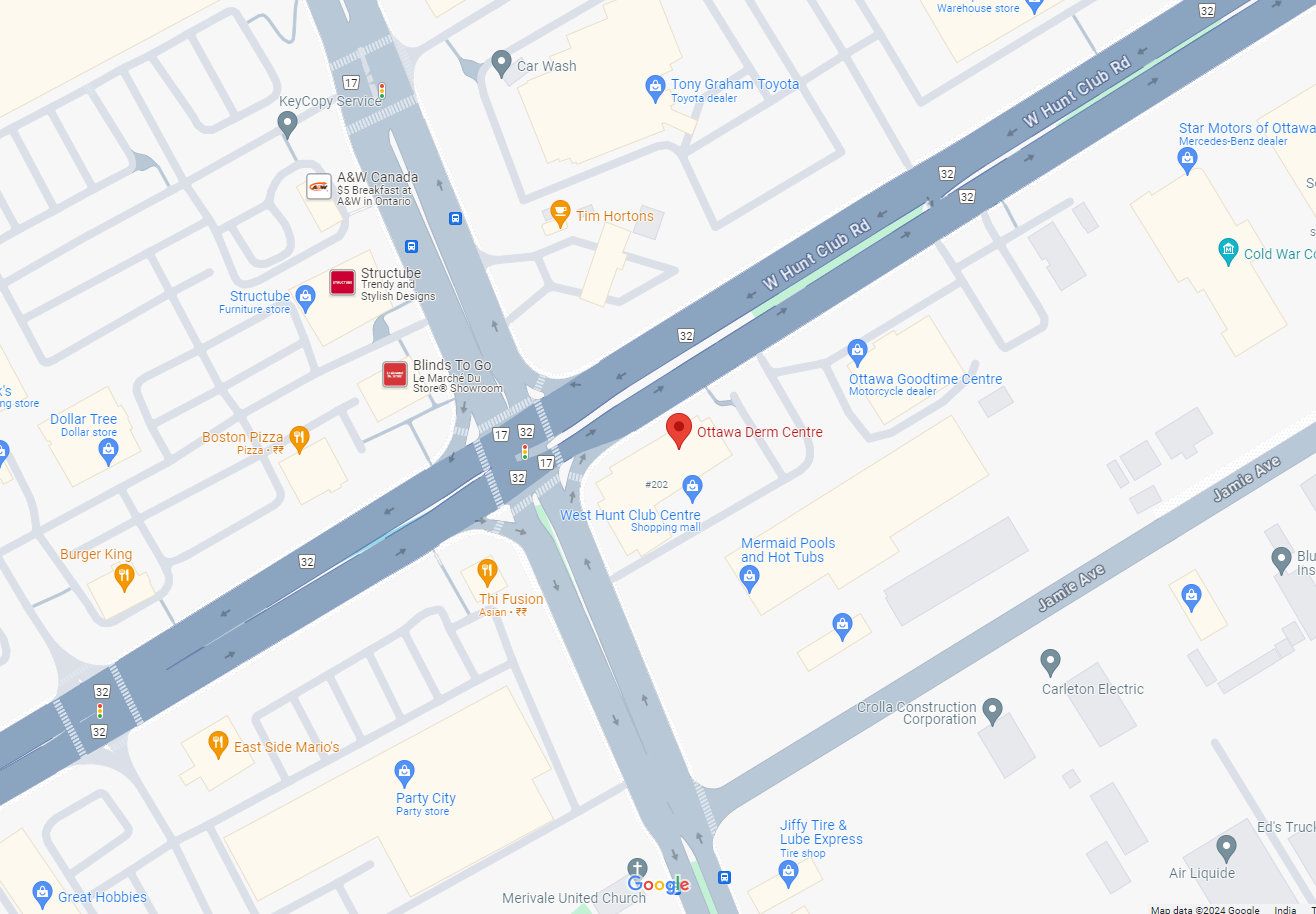Frontal vs. Profile View Rhinoplasty
 When
it comes to rhinoplasty, there are numerous aesthetic factors to consider. For example, to achieve the
desired result, Dr. Peter Brownrigg will need to assess the frontal and profile views of the nose to determine the
most appropriate treatment. Today, our Ottawa, ON team
explores frontal vs profile view rhinoplasty, and discusses the facial features that will be
evaluated prior to your rhinoplasty surgery.
When
it comes to rhinoplasty, there are numerous aesthetic factors to consider. For example, to achieve the
desired result, Dr. Peter Brownrigg will need to assess the frontal and profile views of the nose to determine the
most appropriate treatment. Today, our Ottawa, ON team
explores frontal vs profile view rhinoplasty, and discusses the facial features that will be
evaluated prior to your rhinoplasty surgery.
How Nasal Analysis Is Effective for Treatment Planning
In rhinoplasty, nasal analysis refers to the aesthetic standards by which an “ideal” nose is characterized. This not only includes the proportions of the nose itself, but also whether or not the nose exists in harmony with other facial features.
Keep in mind that beauty is subjective. Therefore, it is important for the patient and the doctor to work together in order to achieve the desired cosmetic outcome. Nasal analysis includes viewing the nose from different perspectives.
Here, we discuss the factors that are assessed in the frontal and profile views of the nose.
Frontal View: Aesthetic Factors to Consider
The frontal view includes all aesthetic elements that are visible when looking directly at a patient’s nose. These factors will be discussed briefly in the sections below.
Facial Height
Facial height is determined by dividing the entire face into three horizontal sections. The nose should take up nearly the entire middle one-third of the face. For individuals who have a disproportionate balance of these horizontal sections, appropriate adjustments will be made to achieve the most favorable aesthetic outcome.
Facial Width
Similar to facial height, facial width is determined by dividing the face into sections. However, instead of three horizontal sections, five vertical sections are used. In most cases, the entire nose and the shadows on either side will fall within the central vertical section.
Nose Size and Shape
After determining the basics of facial height and width, it becomes fairly evident where the nose should fall to create an aesthetically ideal appearance. Once the desired size is established, certain key landmarks will be assessed to create the most appropriate nose shape for the face.
Brow Tip Aesthetic Line
The imaginary line that travels from the inside edge of the eyebrow, along the shadow of the nose bridge, and on to the tip is referred to as the brow tip aesthetic line. This landmark should flow continuously without disruption from unwanted shadows or facial irregularities. Furthermore, the brow tip aesthetic line should be symmetrical on both sides.
Profile View: Aesthetic Factors to Consider
Referring to rhinoplasty, the profile view is assessed by examining facial landmarks from the side. Some of the most common factors will be explored in the sections below.
Nasofrontal Angle
The glabella is defined as the smooth portion of the forehead between the eyebrows, while the dorsum is the external ridge of the nose. The nasofrontal angle is determined by measuring the angle that these two landmarks create. For males, the angle should measure about 120 to 130 degrees. For female patients, this should measure approximately 115 to 125 degrees.
Nasolabial Angle
The columella is the portion of the nose that rests between the nostrils. The nasolabial angle is determined by measuring the angle created between the columella and the upper lip. A typical nasolabial angle in males is considered to be about 90 to 95 degrees, while this area in females measures approximately 100 to 105 degrees.
Frankfort Plane
The Frankfort Plane measures nasal tip rotation. This is derived by drawing an imaginary line from the bottom of the eye socket to the opening of the ear. Another line is drawn parallel to the columella. The angle tip rotation is determined by the angle that is created by the intersection of these two lines.
Nasal Tip Projection
Simply stated, the nasal tip projection establishes how far the tip of the nose protrudes from the face. To obtain this, an imaginary line (called the alar line) is drawn perpendicular to the Frankfort Plane. Next, one measurement is taken from the alar line to the nasal tip, and one measurement is taken from the nasal tip to the nasal starting point.
Columellar Show
It is typical to see some degree of nostril lining from the profile view, normally about two to four millimeters. Some patients have a “hanging columella” while others have a “retracted” appearance.
Contact Us to Learn More
All of these assessments are taken into account when establishing a rhinoplasty treatment plan. To learn more about your treatment options, contact us online or call us at (613) 800-6818.
Related to This

Dr. Peter Brownrigg
Dr. Brownrigg has focused on facial plastic surgery since 1984. He is affiliated with a range of prestigious organizations, including:
- American Academy of Facial Plastic Surgery
- Canadian Academy of Facial Plastic Surgery
- Royal College of Physicians and Surgeons of Canada
- Board Certified by the American Board of Facial Plastic Surgery
- Has acted as the Canadian Region Vice President of the American Academy of Facial Plastic Surgery
- Has acted as the treasurer and president of the Canadian Society of Otolaryngology/Head & Neck Surgery
- American Academy of Otolaryngology-Head and Neck Surgery
- Canadian Society of Otolaryngology-Head and Neck Surgery
- Ontario Medical Association
For more information about the services we offer, contact our office online or call (613) 724-1214 today.
Contact Us Today
Dr. Brownrigg has been focusing exclusively on facial plastic surgery since 1984!


